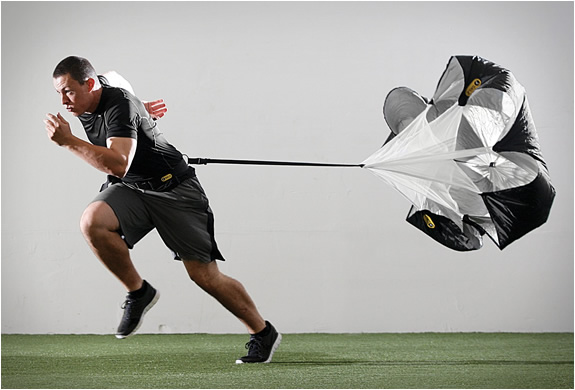The Fat Burning Zone
Posted on

There are lots of myths that fly around the fitness industry and one of the main one involves the 'fat burning zone'. In this blog I will try to attempt to explain what it is and help you make informed decisions on your exercise approach.
Cardiovascular machine manufacturers also often recommend this zone of low intensity (usually around 60-70% of maximum heart rate), the equivalent of a brisk walk for most people as being the most effective programme for fat loss.
This approach to fat burning is based on the fact that at a low intensity, the majority of energy burnt will be supplied by fat rather than your store of carbohydrates - in the form of glycogen. If the intensity is taken higher (eg running), then more of the energy will come from glycogen, and therefore the body is no longer 'fat burning'.
Lets use a simple example: the 'fat burning zone' does indeed use fat as it primary energy source. However, consider this, person A performs 45 minutes working out within this fat burning zone - burning around 400kcals. Alternatively, person B works in a more performance based zone whereby they burn glycogen as more of a fuel (with some fat) but a total of 600kcals were burnt.
Person B hasn’t burnt as many 'fat' calories, however they have burnt more calories. Then what happens after the workout? Both consume food - we all do post workout. Both consume 400kcals. This is where the 'fat burning zone' becomes somewhat of a myth. Person B - the one who didn't workout in the 'fat burning zone' has replenished their limited stores of glycogen in the body and is at an overall deficit of 200kcals which will all have come from their fat stores. In other words, they have lost 22g fat.
Person A our 'fat burning' workout, has not used up their glycogen stores (they may have used a little bit but it'd be around 50kcals max). Following their carb-filled re-feed, they haven’t be able to re-stock their glycogen levels as they were fully stocked as is. Instead, this fuel will be converted back to fat. The net total is a fat loss, but only 5-6g
I hope this has helped to explain the myth and show that working out in 'fat burning' vs 'performance' zones followed by identical meals will result in greater fat loss for the individual who has chosen to ignore the 'fat burning' zone.

Add a comment: